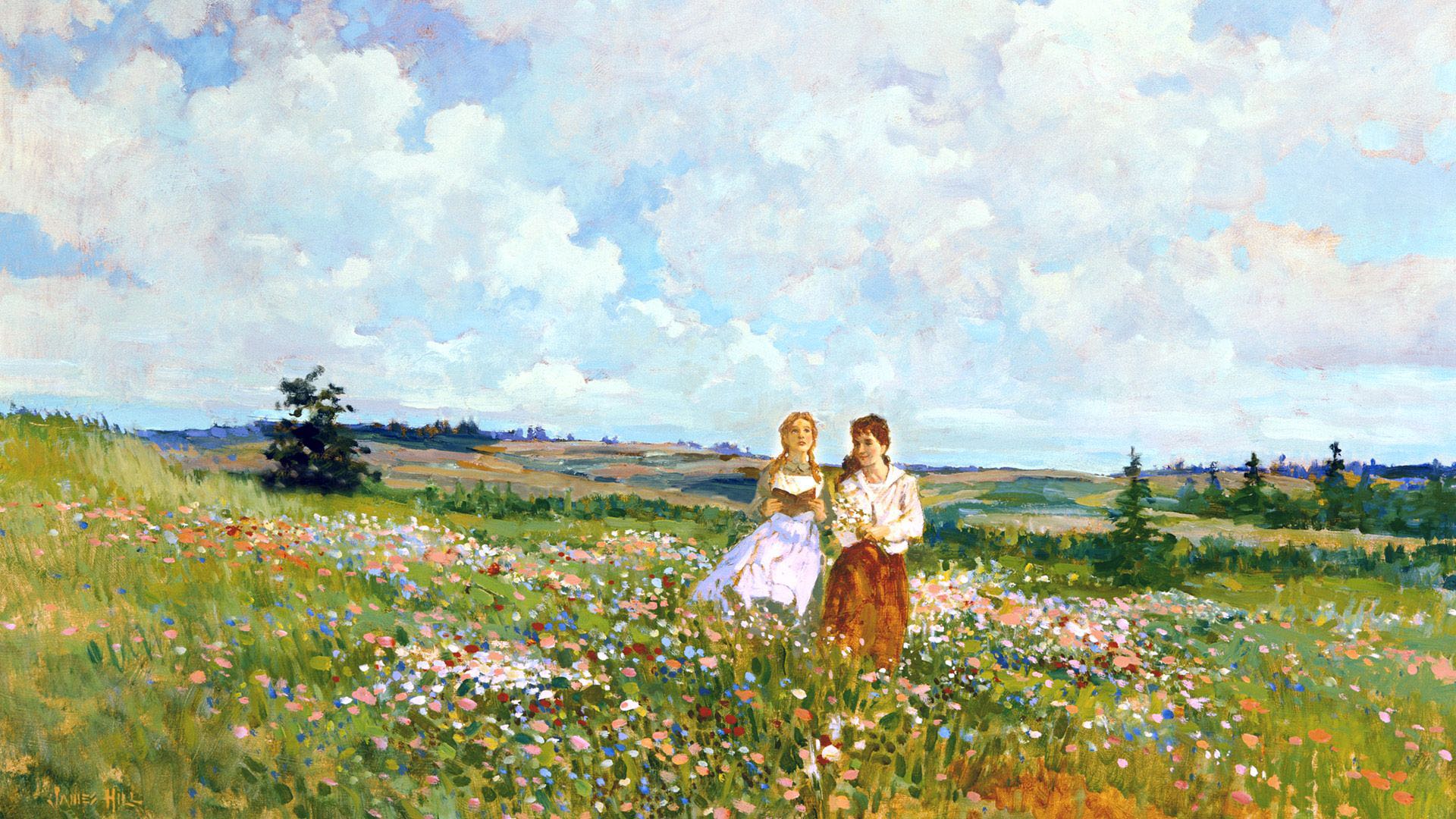Charmant Un Reve
Poems Written During the Harlem Renaissance 본문
(Cultures of English Speaking Countries - 1st Individual Oral Exam)
<Incident>
1. narrator: ‘I’, who is reminding of bad memories in Baltimore
2. setting
- time: nowadays (but searching for the old memories)
- space: Baltimore in old memories
3. events
- the narrator was ridiculed by a Baltimorean kid (a Baltimorean kid ‘poked out his tongue, and
called’ the narrator ‘Nigger’)
4. theme: bad memory in Baltimore to be ignored by a Baltimorean (real message: hardships and challenges the black people should have gone through at that time)
5. writer ‘Countee Cullen’ : one of representative writers during the Harlem Renaissance
6. Ballad format
- quatrain (four lines per stanza)
- iambic tetrameter / iambic trimeter
- alternating rhyme
7. my thoughts
- How many discriminations the writer might have gone through. Thinking about this makes me quite hurtful. The ‘incident’ was a thing that happened to the writer when he or she was only eight-year-old. Discriminations might be felt harsher for the writer as he grew up. They’re hardly expected to be weaken when we see what happened to that small boy.
- I think the strength of this poem is that it borrowed child’s view, but using calm tone, just reminding himself/herself of old memories. Though the poem was written in the view of a child, it doesn’t seem that the young child was shocked or enraged. It seems that the narrator is both objective and subjective. In terms of borrowing the child’s view, it is fair to say that the narrator is subjective, but the narrator’s tone make us see the incident one step away from the poem. This is the strength of the poem, in my opinion. This makes us feel as if we’re in the neutral state, but actually feeling sympathy to the 8-year-old boy.
<If We Must Die>
1. narrator: ‘I’ (thinking of the situation that he/she must die) (expressed as a ‘hog’)
2. setting
- time: now (by the time during the Harlem Renaissance-when the poem was written)
- space: undefined
3. events
- narrator is proclaiming that he won’t be perished ingloriously and that he will meet the noble death if he must die
- narrator is encouraging his allies to fight again and again against ‘monsters’
4. theme: Let’s fight against all the discriminations and challenges that are oppressing the black people
5. writer ‘Claud McKay’: Jamaican writer and poet, who was seminal figure during the Harlem Renaissance
6. Sonnet format
- 14 lines and 10 syllables per line
7. my thoughts
- strength of the poem: drastic tone -> helps draw further sympathy of readers + better expression of the fury and will
<Harlem>
1. narrator: undefined (but expected to be a black person whose dream to gain equality deferred)
2. setting
- both temporal and spatial settings are undefined, but we know that it was written during the Harlem Renaissance
3. events
- narrator describes how the deferred dream looks like, as the narrator’s emotion is heightened
4. theme: rage of the black people who are aspire to their dreams and the uncertainty of the dream to be achieved.
5. writer ‘Langston Hughes’: leader of Harlem Renaissance who was a poet, social activist, novelist, playwright, and columnist
6. figurative speech
- uses similes such as ‘like a raisin in the sun’, ‘like a sore’, and so on
- uses metaphor in ’or does it explode’ (’it’ means both bomb and the dream deferred)
7. my thoughts
- I think it is also worthy taking a look at the repeated structure of text as well as figurative speech. The writer keeps using the phrase, ‘Does it ~ like ~?’, and this strengthens the meaning and emotion of the text.
'수행평가 자료 > 高二' 카테고리의 다른 글
| 논문 「권위주의적 근대화의 역사적 기원」 요약 (0) | 2020.11.27 |
|---|---|
| 동양 공동체적 윤리관에서 본 신자유주의 사회 속 분배의 정의 실현 방안 (0) | 2020.11.27 |
| Will the coronavirus outbreak bring worldwide depression? (0) | 2020.11.27 |
| The Virtual Currency and the Imagined ‘Imagined Reality’ of Sapiens (0) | 2020.11.27 |
| Will the coronavirus outbreak bring worldwide depression? (0) | 2020.06.03 |
